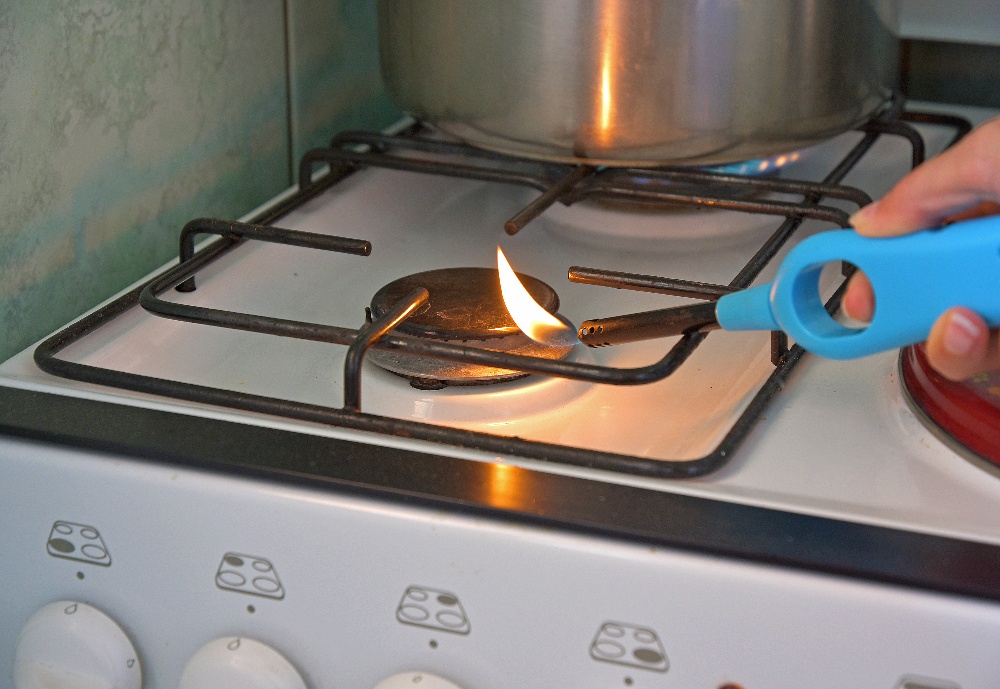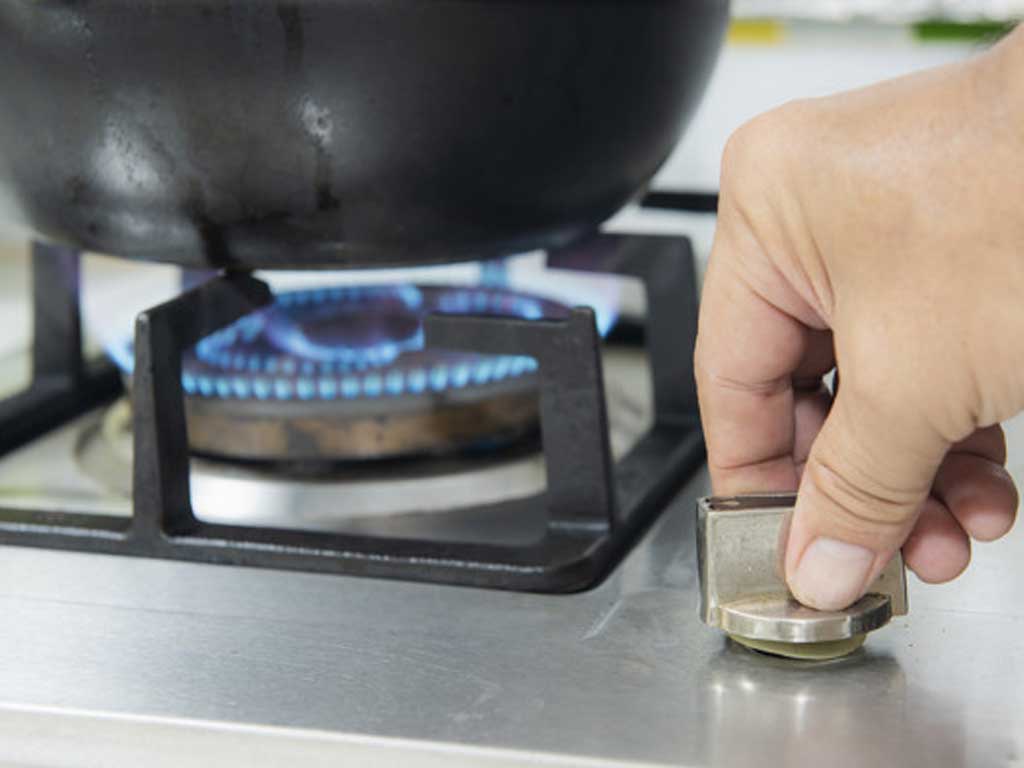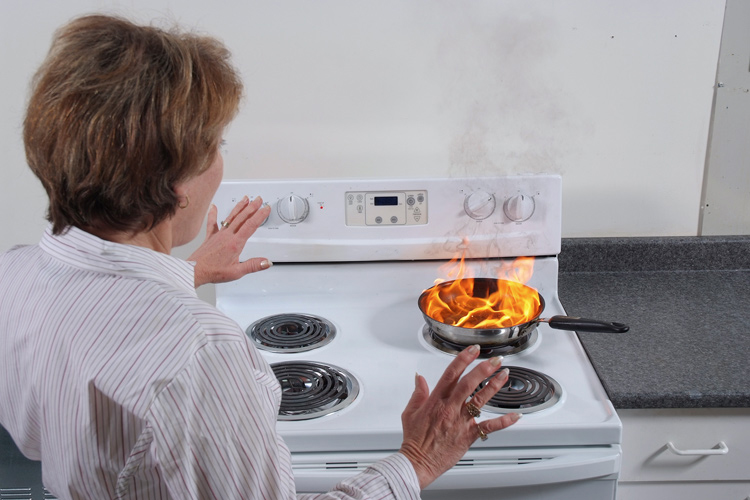How to Turn On a Gas Stove: Guide to Safety and Ignition
I. Introduction to Turning On a Gas Stove

A. Importance of Properly Operating a Gas Stove
Properly operating a gas stove is essential for cooking efficiently and safely. Understanding the steps to safely turn on a gas stove ensures that you can use it effectively and avoid potential hazards.
B. Embracing Safety Precautions for Gas Stove Usage
Safety precautions are crucial when using a gas stove. Being aware of potential gas leaks, ensuring a clean cooking surface, and following proper procedures help minimize the risk of accidents or gas-related incidents.
C. Exploring the Steps to Safely Turn On a Gas Stove
Turning on a gas stove involves checking for gas leaks, clearing the stovetop of debris, locating and identifying the gas control knobs, opening the gas supply valve, igniting the burners, and adjusting the flame intensity and heat for safe cooking.
II. Preparing the Gas Stove for Ignition
A. Checking for Gas Leaks or Odors
- Detecting Gas Leaks Using Your Senses
Use your senses of smell and hearing to detect any gas leaks. If you smell gas or hear a hissing sound, it may indicate a leak. Do not attempt to turn on the stove in the presence of a gas leak.
- Taking Precautions and Seeking Professional Assistance
If you suspect a gas leak, evacuate the area immediately and contact your gas company or a professional technician to inspect and repair the issue.
B. Clearing the Stovetop of Debris or Objects
- Removing Any Obstructions or Flammable Materials
Ensure that the stovetop is clear of any debris, food scraps, or flammable materials. This prevents potential fire hazards and ensures a safe cooking environment.
- Ensuring a Clean and Safe Cooking Surface
Regularly clean the stovetop to prevent grease buildup, which can pose a fire risk. A clean cooking surface also helps maintain the efficiency and performance of the gas burners.
III. Locating and Identifying the Gas Control Knobs

A. Understanding the Layout of Gas Control Knobs
- Identifying the Burner Knobs and Oven Knobs
Gas stoves typically have separate control knobs for each burner and the oven. Familiarize yourself with the layout and location of these knobs on your specific stove model.
- Differentiating Between Control Knobs for Each Burner
Each control knob corresponds to a specific burner on the stove. Take note of which knob controls which burner to ensure you are turning on the desired one.
B. Familiarizing Yourself with Gas Control Symbols
- Understanding the Symbols and Indicators on the Knobs
Gas control knobs have symbols or indicators to help you identify their functions. These symbols may include numbers, dots, or other markings that represent different heat settings.
- Knowing the Function of Each Control Knob
Each control knob determines the gas flow and heat output for the corresponding burner. Understanding the functions of each knob allows you to control the flame intensity and adjust heat as needed.
IV. Turning On the Gas Supply

A. Locating the Gas Supply Valve
- Finding the Gas Supply Valve behind the Stove
The gas supply valve is typically located behind the stove. It is a lever or wheel-like handle that controls the flow of gas to the stove.
- Ensuring Proper Positioning of the Valve (Open or Closed)
Prior to turning on the gas stove, check that the gas supply valve is in the “closed” position. If it is already open, do not close it unless you suspect a gas leak.
B. Opening the Gas Supply Valve
- Turning the Valve Handle to the “Open” Position
If the gas supply valve is closed, turn the handle or lever to the “open” position. This allows gas to flow to the stove.
- Listening or Checking for Gas Flow
Listen for the sound of gas flowing or check for the smell of gas near the stove. These are indications that the gas supply valve is open and gas is flowing to the stove.
V. Igniting the Gas Stove Burners
A. Selecting the Desired Burner
- Identifying the Burner You Wish to Use
Determine which burner you want to turn on for cooking. The control knobs are usually labeled or positioned to correspond with specific burners.
- Ensuring the Correct Control Knob Corresponds to the Chosen Burner
Make sure you are turning the control knob that corresponds to the burner you wish to ignite. Using the wrong knob can result in the wrong burner being ignited.
B. Turning the Control Knob to Ignition
- Aligning the Ignition Symbol on the Control Knob
Align the ignition symbol on the control knob with the appropriate marking or position on the stove. This indicates the ignition position on the knob.
- Holding and Turning the Knob to the Ignition Position
Press and hold the control knob in the ignition position while turning it in a counterclockwise direction. This activates the ignition system and starts the flow of gas to the burner.
VI. Adjusting Flame Intensity and Heat

A. Controlling the Flame Size
- Gradually Increasing the Flame Size
To increase the flame size, continue holding the control knob in the ignition position while slowly turning it counterclockwise. The flame will gradually increase in size.
- Adjusting the Control Knob for Desired Heat Output
To adjust the heat output, turn the control knob clockwise to decrease the flame size or counterclockwise to increase it. Experiment with different settings to achieve the desired heat level for your cooking needs.
B. Maintaining Safe Heat Levels
- Monitoring the Flame Height and Heat Output
Pay attention to the flame height and observe the heat output. Adjust the control knob as needed to maintain a safe and consistent flame size and heat level.
- Making Adjustments as Needed for Safe Cooking
If the flame becomes too high or unstable, adjust the control knob to reduce the gas flow and lower the flame. This helps prevent accidents and ensures safe cooking.
Turning on a gas stove requires careful attention to safety and proper procedure. By following these step-by-step instructions, from checking for gas leaks to igniting the burners and adjusting the flame intensity, you can safely and confidently operate your gas stove. Remember to always prioritize safety, and if you encounter any issues or suspect a gas leak, seek professional assistance immediately. Enjoy the convenience and efficiency of cooking with a gas stove while ensuring a safe and enjoyable culinary experience.
